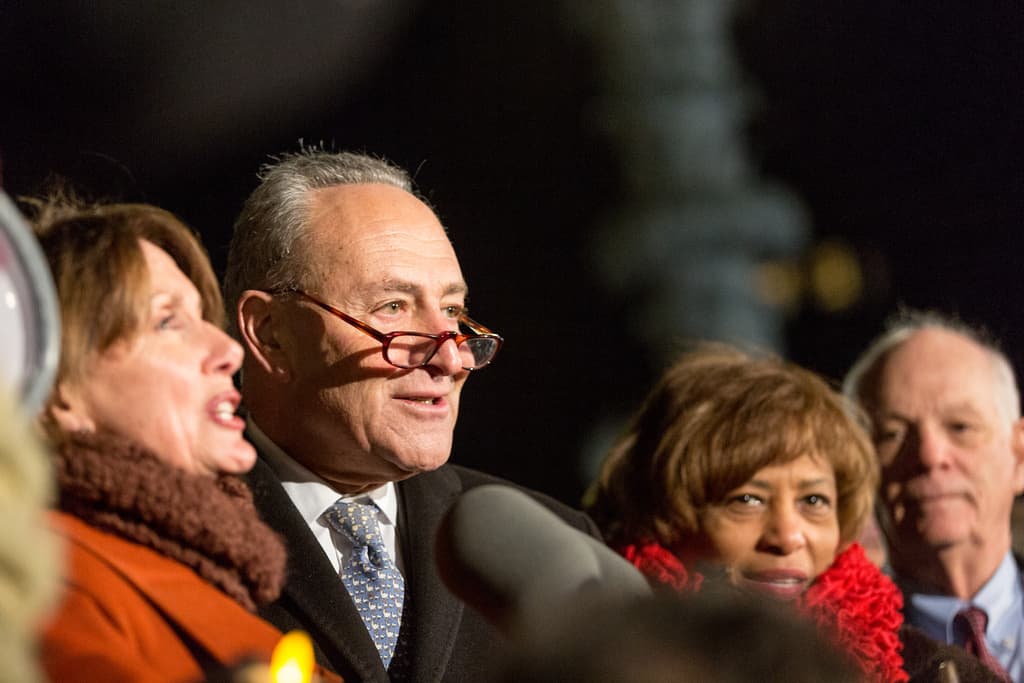College Voices
Will “A Better Deal” Be What Unites The Democratic Party?

On July 24th in Berryville, VA. Senate Minority Leader Chuck Schumer, House Minority Leader Nancy Pelosi, and several other prominent Democrats stood on a stage to announce, “A Better Deal: Better Jobs, Better Wages, Better Future,” their platform for the 2018 midterms.
After a series of crushing electoral defeats spanning all the way back to 2010, which resulted in the loss of the White House in 2016, Democrats desperately need a message that can help them gain support.
Hillary Clinton’s loss in 2016 can, in large part, be attributed to former Obama coalition white working class voters who voted for Donald Trump in three key Midwestern states: Pennsylvania, Michigan, and Wisconsin.
“A Better Deal” is the party leadership’s way of trying to win back these voters and by extension seats in both houses of congress.
Some of the most notable proposals from “A Better Deal” include raising the minimum wage to $15 an hour, $1 trillion in infrastructure spending, and lowering prescription drug prices. Also of note are proposals for worker retraining programs, antitrust and paid family and sick leave legislation.
The language on the plan’s website points to the idea that the U.S. economy is designed to benefit the wealthy while giving middle to lower income Americans a raw deal. It says that special interests and corporations are spending large sums to influence our elections.
“As a result, the economy just isn’t working the way it should: incomes and wages are not keeping up with the cost of living for too many Americans.”
Both the language used and the policies proposed in this plan draw heavily from the economic populism touted by the Bernie Sanders wing of the party.
These populist economic proposals are squarely aimed at white working class Americans who felt ignored by Clinton’s anti-Trump focused campaign rhetoric in 2016.
One of the major issues with “A Better Deal” is its rhetorical weakness when compared with President Trump’s brand of populism, which focuses on getting people back to work by restoring their manufacturing jobs.
The democrats’ focus on a higher minimum wage and job retraining programs doesn’t sound nearly as appealing as Trump’s promises to bring working class people’s old jobs back.
The other notable issue is the plan’s omission of policies based on social and environmental issues, which are core concerns for many ranks and file Democrats.
It would seem that “A Better Deal” is focused on moving away from the “Resist” Trump message that has defined the party since January.
While ignoring immigration reform, cuts to carbon emissions, and single payer health care may make “A Better Deal” more appealing for white working class voters, it has the potential to turn away many democrats and divide the party even further.
While on stage in Berryville Senator Schumer said, “There’s been a debate about whether Democrats should spend all our energy focusing on the diverse Obama coalition or the blue-collar American in the heartland who voted for Trump. It’s a false choice. There doesn’t have to be a division.”
Time will tell if A Better Deal will, in fact, bring the Democratic Party together and help them win in 2018.

